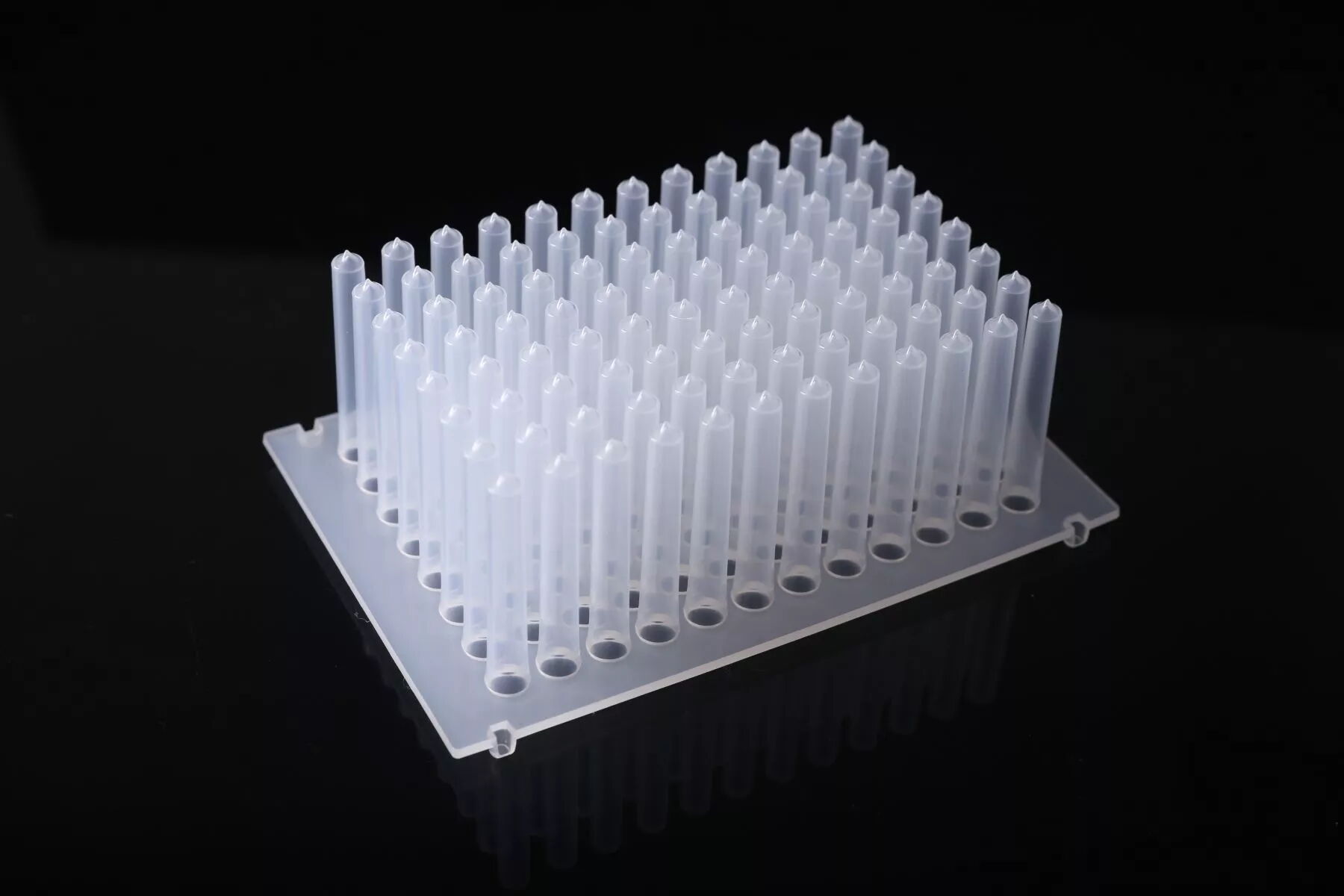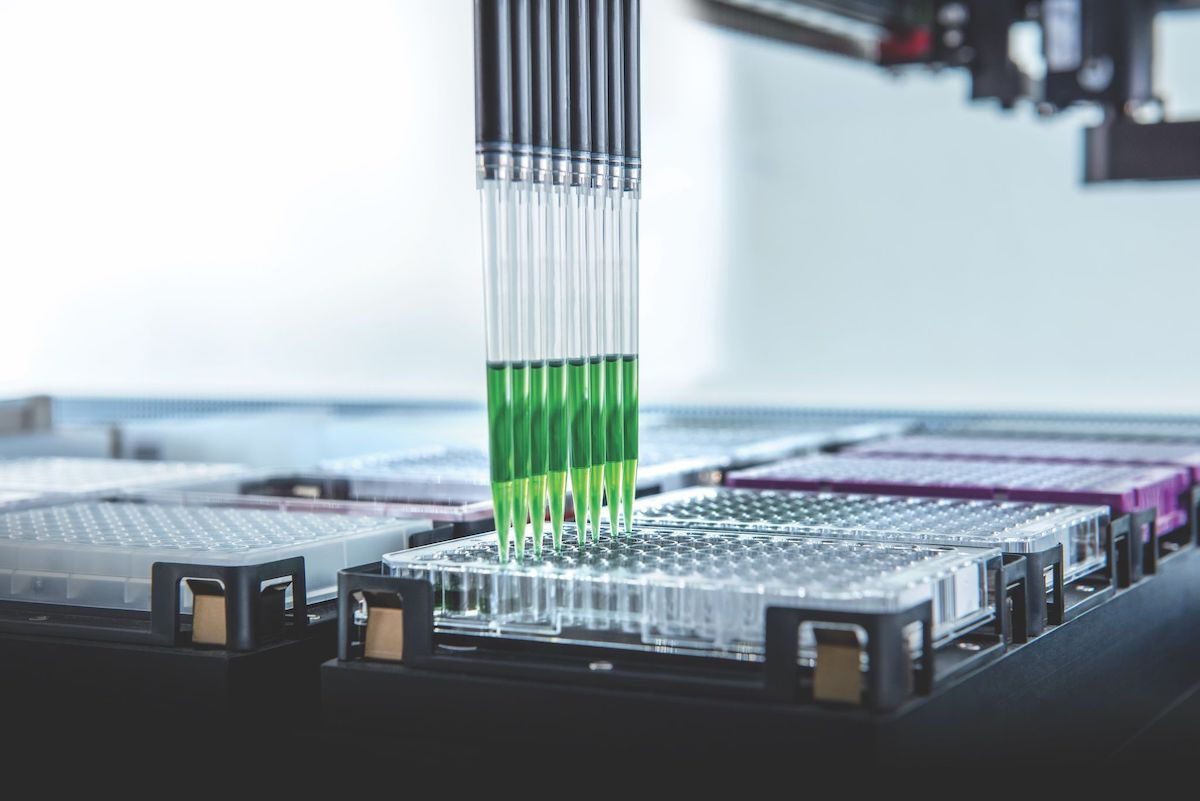The Use and Precautions of Centrifuge Tubes
Jan 26, 2024
Proper operation of centrifuge tubes by laboratory personnel is crucial for accurate experimental results. Therefore, mastering certain techniques during experimental procedures is essential for the rational use of centrifuge tubes and to enhance experimental efficiency.
Centrifuge tubes typically have a circular opening at the top and a conical shape at the bottom. The circular opening adds mechanical strength, while the conical shape reduces volume. After the centrifugal sedimentation of trace suspensions, the volume of the precipitate can be directly read, and the color and crystal shape can be easily observed.
Microcentrifuge tubes, also known as EP (Eppendorf) tubes, are small-sized centrifuge tubes designed for use with microcentrifuges. They are utilized for the separation and centrifugation of small volumes of reagents.
Let's explore how to operate and use centrifuge tubes effectively:
Centrifuge Tube Operating Instructions:
1. As graduated centrifuge tubes are volumetric, they must be cleaned and dried before use.
2. When reading values, careful observation of the meniscus is essential to avoid introducing errors.
3. The number of centrifuge tubes used should match the centrifuge machine's model. If conducting a single experiment with a double-tube centrifuge machine, the other tube must be filled with an equal volume of liquid to maintain balance.
4. Centrifuge tubes should be compatible with the centrifuge machine. Choose tubes of suitable length and thickness based on the centrifuge machine's configuration.
5. After layering and separating in the centrifuge machine, allow the tube to stop naturally when rotation ceases, avoiding forced stops.
Precautions for Centrifuge Tubes:
1. Avoid reusing tubes to prevent sample evaporation and leakage, especially for volatile or highly radioactive and corrosive samples.
2. Seal tubes securely during storage, paying particular attention to preventing deformation during use.
3. Do not place any substances on the centrifuge cap. After each use, ensure thorough cleaning of the tube's interior and cap.
4. For high-speed microcentrifuges that have been unused for an extended period, open the centrifuge machine cover for a while before use to dry the interior.
Types of Centrifuge Tubes:
1. Plastic Centrifuge Tubes:
Advantages: Transparent or semi-transparent, low hardness, suitable for puncturing, with a sealing cover to prevent sample leakage.
Disadvantages: Prone to deformation, poor resistance to organic solvent corrosion, short lifespan.
2. Glass Centrifuge Tubes:
Precautions: When using glass tubes, the centrifugal force should not be too large, and a rubber pad should be used to prevent breakage. Glass tubes are not suitable for high-speed centrifuges.
Considerations: The sealing performance of the tube cover may be insufficient, and liquid may not be filled to prevent overflow and maintain balance.
3. Steel Centrifuge Tubes:
Strengths: High strength, no deformation, heat resistance, freeze resistance, and resistance to chemical corrosion.
Considerations: Avoid contact with strong corrosive chemicals such as acids and alkalis.
Centrifuge tubes are common consumables in laboratories, serving as cylindrical sample containers with sealing or pressure lids. They are designed to work in conjunction with centrifuge technology, utilizing powerful centrifugal forces to induce sedimentation or floating of suspended particles, achieving concentration or separation objectives.
Currently available in the market are plastic centrifuge tubes, glass centrifuge tubes, and steel centrifuge tubes, each suitable for different applications. Plastic tubes, especially those made of PP (polypropylene), are widely used in laboratories due to their transparency, chemical stability, and temperature resistance.
In conclusion, the proper selection and use of centrifuge tubes, coupled with adherence to safety precautions, contribute to the efficient and accurate conduct of laboratory experiments.
Centrifuge tubes typically have a circular opening at the top and a conical shape at the bottom. The circular opening adds mechanical strength, while the conical shape reduces volume. After the centrifugal sedimentation of trace suspensions, the volume of the precipitate can be directly read, and the color and crystal shape can be easily observed.
Microcentrifuge tubes, also known as EP (Eppendorf) tubes, are small-sized centrifuge tubes designed for use with microcentrifuges. They are utilized for the separation and centrifugation of small volumes of reagents.
Let's explore how to operate and use centrifuge tubes effectively:
Centrifuge Tube Operating Instructions:
1. As graduated centrifuge tubes are volumetric, they must be cleaned and dried before use.
2. When reading values, careful observation of the meniscus is essential to avoid introducing errors.
3. The number of centrifuge tubes used should match the centrifuge machine's model. If conducting a single experiment with a double-tube centrifuge machine, the other tube must be filled with an equal volume of liquid to maintain balance.
4. Centrifuge tubes should be compatible with the centrifuge machine. Choose tubes of suitable length and thickness based on the centrifuge machine's configuration.
5. After layering and separating in the centrifuge machine, allow the tube to stop naturally when rotation ceases, avoiding forced stops.
Precautions for Centrifuge Tubes:
1. Avoid reusing tubes to prevent sample evaporation and leakage, especially for volatile or highly radioactive and corrosive samples.
2. Seal tubes securely during storage, paying particular attention to preventing deformation during use.
3. Do not place any substances on the centrifuge cap. After each use, ensure thorough cleaning of the tube's interior and cap.
4. For high-speed microcentrifuges that have been unused for an extended period, open the centrifuge machine cover for a while before use to dry the interior.
Types of Centrifuge Tubes:
1. Plastic Centrifuge Tubes:
Advantages: Transparent or semi-transparent, low hardness, suitable for puncturing, with a sealing cover to prevent sample leakage.
Disadvantages: Prone to deformation, poor resistance to organic solvent corrosion, short lifespan.
2. Glass Centrifuge Tubes:
Precautions: When using glass tubes, the centrifugal force should not be too large, and a rubber pad should be used to prevent breakage. Glass tubes are not suitable for high-speed centrifuges.
Considerations: The sealing performance of the tube cover may be insufficient, and liquid may not be filled to prevent overflow and maintain balance.
3. Steel Centrifuge Tubes:
Strengths: High strength, no deformation, heat resistance, freeze resistance, and resistance to chemical corrosion.
Considerations: Avoid contact with strong corrosive chemicals such as acids and alkalis.
Centrifuge tubes are common consumables in laboratories, serving as cylindrical sample containers with sealing or pressure lids. They are designed to work in conjunction with centrifuge technology, utilizing powerful centrifugal forces to induce sedimentation or floating of suspended particles, achieving concentration or separation objectives.
Currently available in the market are plastic centrifuge tubes, glass centrifuge tubes, and steel centrifuge tubes, each suitable for different applications. Plastic tubes, especially those made of PP (polypropylene), are widely used in laboratories due to their transparency, chemical stability, and temperature resistance.
In conclusion, the proper selection and use of centrifuge tubes, coupled with adherence to safety precautions, contribute to the efficient and accurate conduct of laboratory experiments.
Previous: Specific Operations and Considerations When Using Pipette Tip Boxes
Next: How to Select Laboratory Pipette Tips



